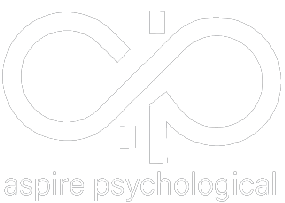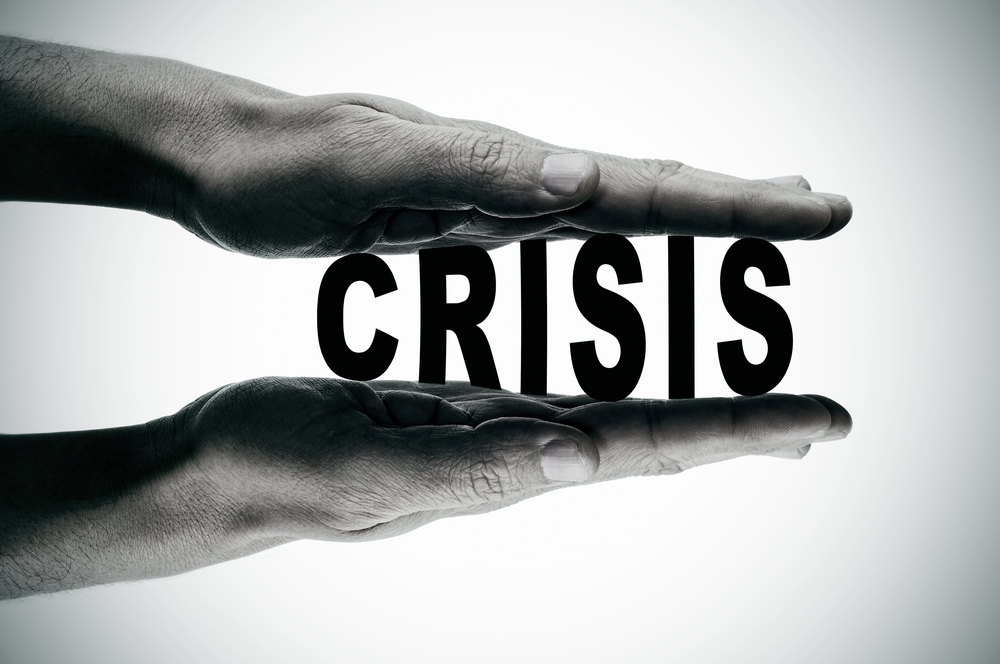Treating mental health conditions is not as straightforward as setting a broken bone. Patients often need multiple therapies to help them along the journey to wholeness. And within each individual therapy there can be multiple practices a clinician relies on. Take mindfulness, for example. Mindfulness is a technique that can be incorporated into a variety of mental health therapies.
The amazing thing about mindfulness is its simplicity. Mindfulness is not a difficult thing to understand. Yet it can be a powerful tool for addressing everything from anxiety to fear and depression. We often rely on mindfulness to help our clients on the road to successful treatment.
Mindfulness as a Therapy
The easiest way to explain mindfulness is to describe it as the practice of paying close attention to the here and now. Patients are encouraged to focus on the present moment without any judgment whatsoever. A focused patient can be more self-aware, experiencing a new level of their own emotions and physical sensations – all without any attempt to change or manipulate them.
Another way to describe mindfulness is to say that it is a more advanced state of being. Mindfulness encourages not thinking of the future or obsessing over the past. It is all about getting in touch with one’s thoughts, feelings, and physical sensations in the very moment mindfulness is being practiced.
Mindfulness and Better Mental Health
Mindfulness is an often-utilized tool in psychology because it can lead to better mental health. On its own, mindfulness can be quite helpful. But as a technique combined with different forms of therapy, mindfulness can enhance those therapies. Mindfulness can help:
- reduce anxiety and stress.
- increase self-awareness.
- improve mood.
- improve concentration.
- improve sleep.
- boost the immune system.
- reduce pain perception.
Imagine a patient seeking therapy for post-traumatic stress disorder (PTSD). Stress and anxiety are two of the symptoms that people with PTSD manifest. If mindfulness can help reduce anxiety and stress, other PTSD treatments should prove more successful. And that is just one example of how mindfulness can enhance mental health treatments. There are many others.
Mindfulness and Other Therapies
Mental health clinicians will generally not hesitate to incorporate mindfulness into their therapies when circumstances warrant doing so. For instance, it is not uncommon to combine mindfulness with cognitive-behavioral therapy (CBT). In fact, we even have a name for the combined treatment: mindfulness-based cognitive therapy (MBCT).
MBCT is especially helpful for patients whose chronic negative thoughts make it difficult to overcome their mental health conditions. Mindfulness can help reduce the chronic negativity while the behavioral therapy portion can help a patient learn new thought patterns.
Mindfulness is often combined with:
- DBT – Dialectical behavior therapy (DBT) is a form of CBT designed to teach patients new skills in addition to their new thought patterns. It’s often practiced in a group setting.
- ACT – Acceptance and commitment therapy (ACT) is a therapy that helps people separate themselves from their thoughts and emotions. Mindfulness can help a great deal by encouraging patients to focus on the moment.
- Stress Reduction Therapy – As its name implies, stress reduction therapy is a type of therapy designed to help people overcome feelings of anxiety by modifying their reactions to stress. Mindfulness can help reduce stress so that the therapy is more effective.
It should be clear that mindfulness is a flexible technique we can adapt to a variety of therapies. It is one of the most important tools we have in treating mental health conditions that respond well to talking therapies. Best of all, anyone can experience its many benefits by practicing mindfulness at home.





